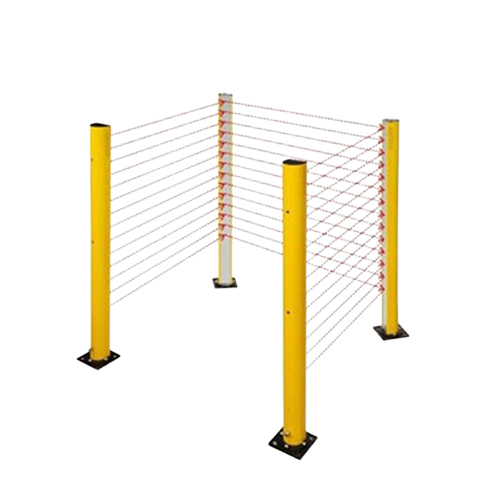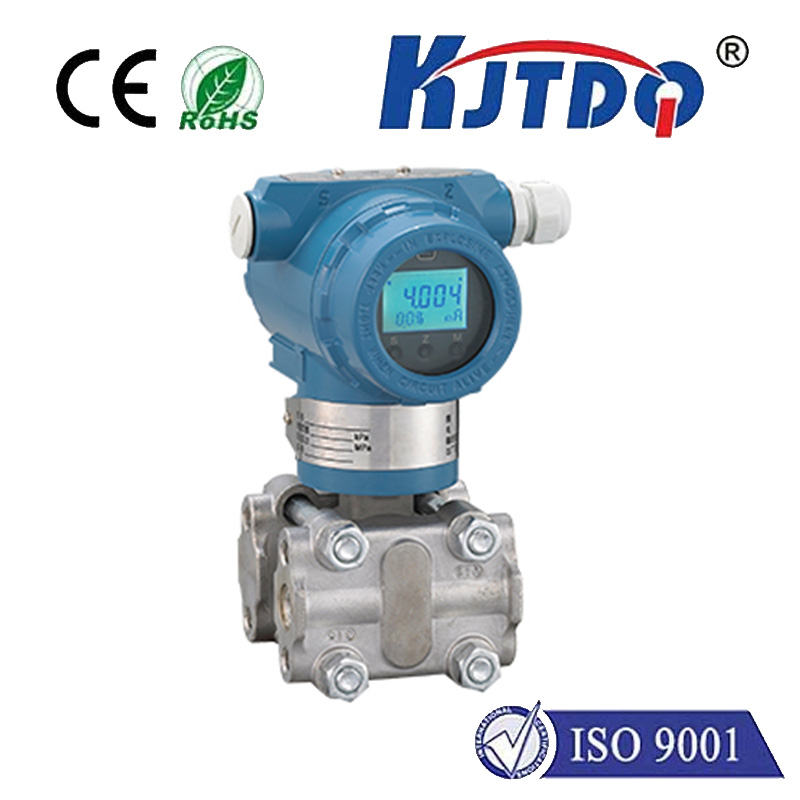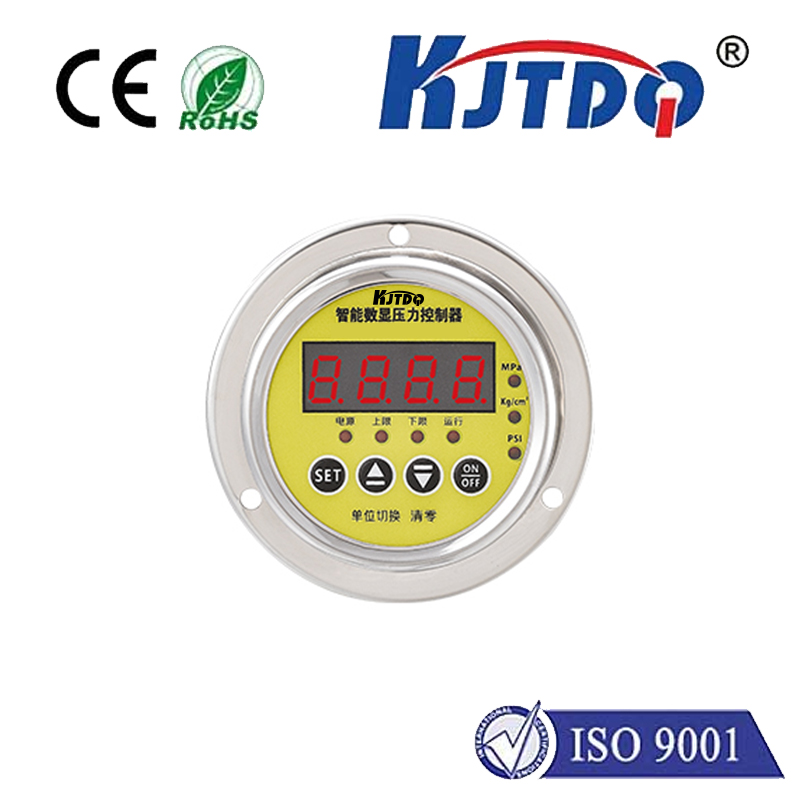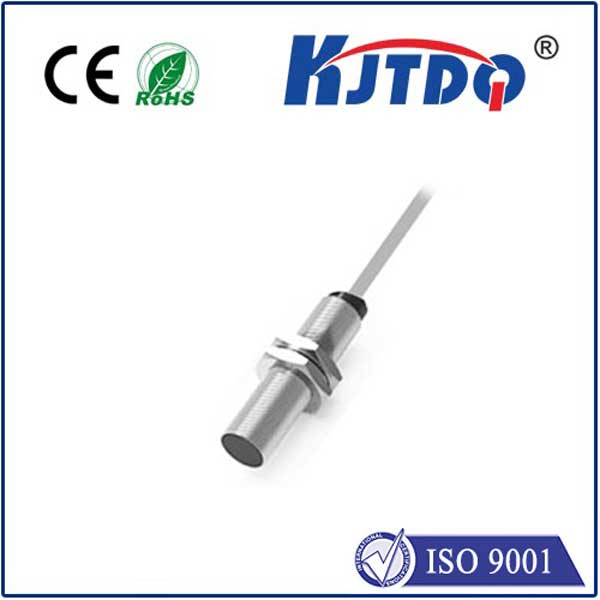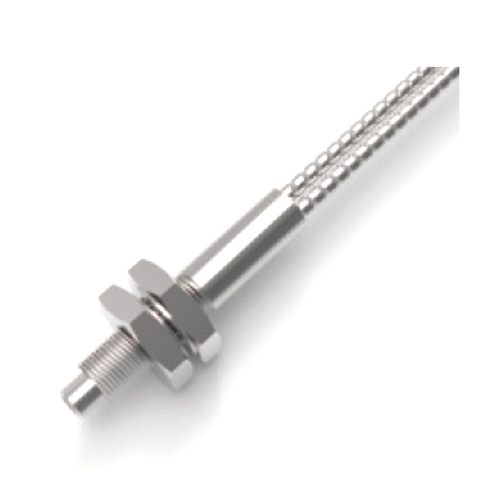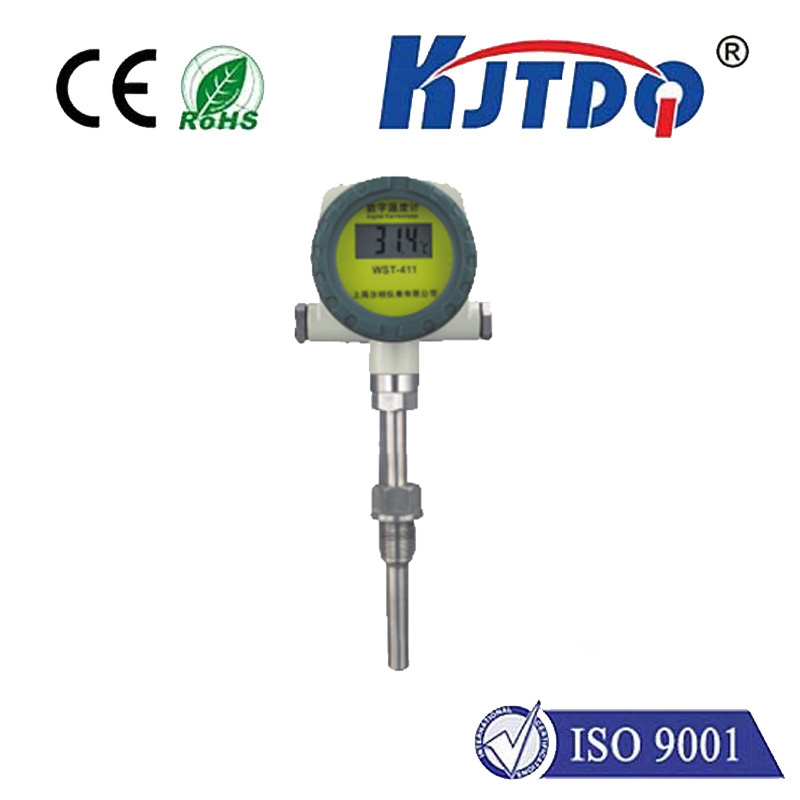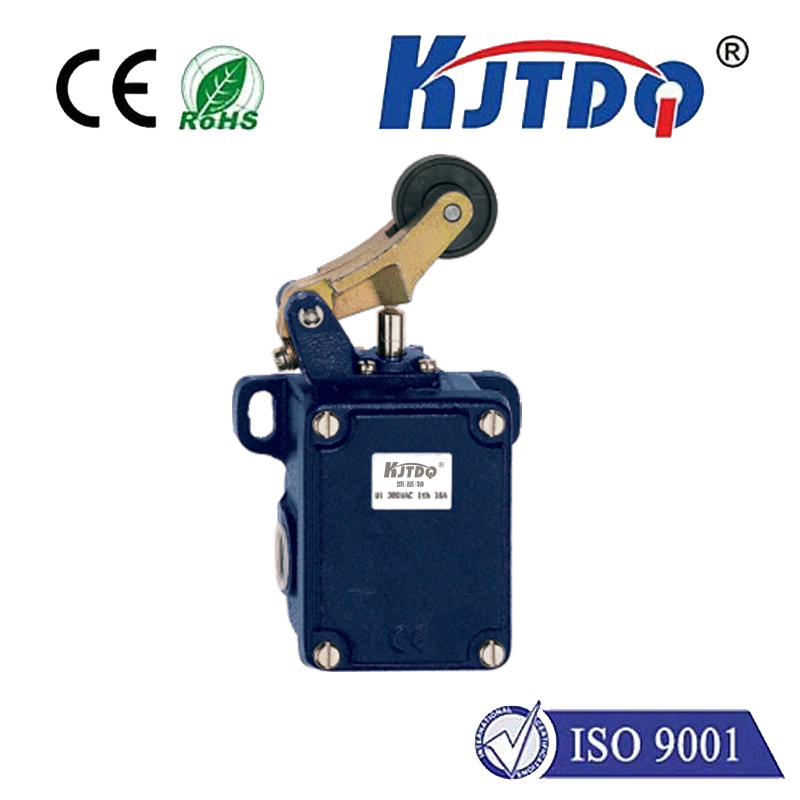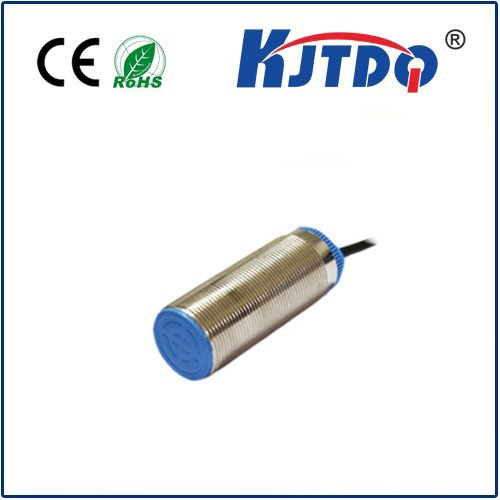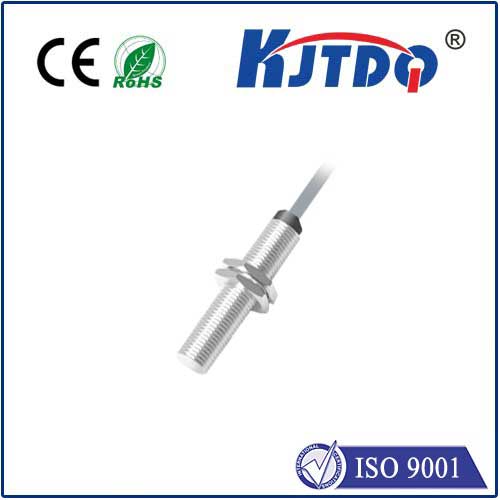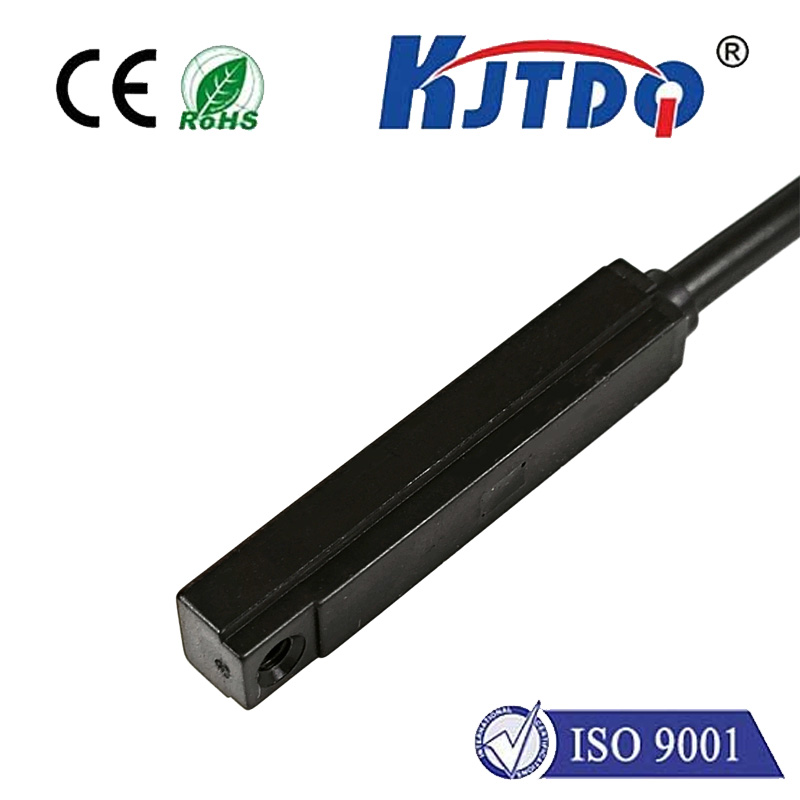

check

check

check

check
Imagine a critical piece of heavy machinery operating deep within an offshore oil rig, or a high-pressure hydraulic press shaping vital aerospace components. Within these intense environments, the slightest malfunction in proximity detection – a valve failing to sense its closed position, a piston overextending – isn’t just inconvenient; it can lead to catastrophic failure, costly downtime, and significant safety risks. It’s precisely within these punishing high-pressure zones where the specialized capabilities of sensors like the BES01A2 High Pressure Proximity Sensor become indispensable. These devices are engineered not just to sense, but to endure and perform where standard sensors falter.
High pressure proximity sensors represent a critical category within industrial automation, designed explicitly for environments where pressures far exceed atmospheric norms. Unlike their standard counterparts, these sensors are constructed robustly to withstand immense external force without compromising their sensitive internal electronics or detection accuracy. The core function remains detecting the presence or absence of a metallic target object without physical contact, but *the operating environment defines the necessity for enhanced resilience*. Hydraulic systems, deep-sea applications, pressure vessels, high-pressure cleaning equipment, and certain chemical processing lines are typical domains demanding this specialized technology.
So, what makes a sensor like the BES01A2 specifically suited to conquer these challenging conditions? Let’s delve into the key characteristics engineers seek:

Exceptional Pressure Rating: This is the defining feature. The BES01A2 is manufactured to reliably operate within specified, often very high, pressure ranges (specific ratings depend on the exact model variant and manufacturer specifications). Its housing is engineered using robust materials and sealing techniques (like specialized O-rings and welding) to prevent media ingress and structural deformation under pressure. A compromised seal isn’t just a leak; it’s a potential sensor failure point in a critical process.
Robust Construction & Materials: Survival in harsh conditions necessitates tough materials. Expect housings crafted from high-grade stainless steel (like 316L for superior corrosion resistance) or similarly durable alloys. The sensing face must be particularly resilient to resist denting or cracking under direct pressure exposure or potential impacts common in industrial settings. Durability isn’t an option; it’s a prerequisite for longevity.
Reliable Sensing Performance: Even under pressure, the sensor must maintain its primary function – accurate, repeatable detection. Implementing technologies like inductive sensing provides immunity to common environmental factors like dust, oil, and non-metallic particles. The BES01A2 is designed to deliver a stable switching signal, ensuring machines and control systems receive dependable feedback regardless of the ambient pressure fluctuations. Stability is non-negotiable for process control.
Environmental Resilience: Beyond pressure, these environments often feature extremes – temperature variations, humidity, vibration, and aggressive chemicals. A true high-pressure sensor must be designed holistically to withstand this combination of stressors. Features like wide temperature operating ranges and high ingress protection (IP) ratings (e.g., IP67, IP69K) are often integral to the design, ensuring functionality isn’t compromised by splashes, washdowns, or temperature swings.
Where does the BES01A2 prove its vital importance? Its application landscape is defined by intensity:
Selecting the right sensor, like the BES01A2, demands careful consideration:
The BES01A2 High Pressure Proximity Sensor exemplifies the critical role specialized sensing plays in industrial robustness. It transcends basic detection; it’s an engineered solution designed to deliver unwavering performance where pressure would silence lesser components. By reliably providing crucial position and presence feedback within these extreme environments, sensors like the BES01A2 enable safer operations, prevent expensive downtime, and ensure the precise control demanded by modern high-pressure industrial processes. In the relentless world of heavy industry, enduring the pressure is the first step towards reliable automation. Choosing the right tool, designed for the specific challenge, is not just smart engineering; it’s fundamental to operational success and safety.
